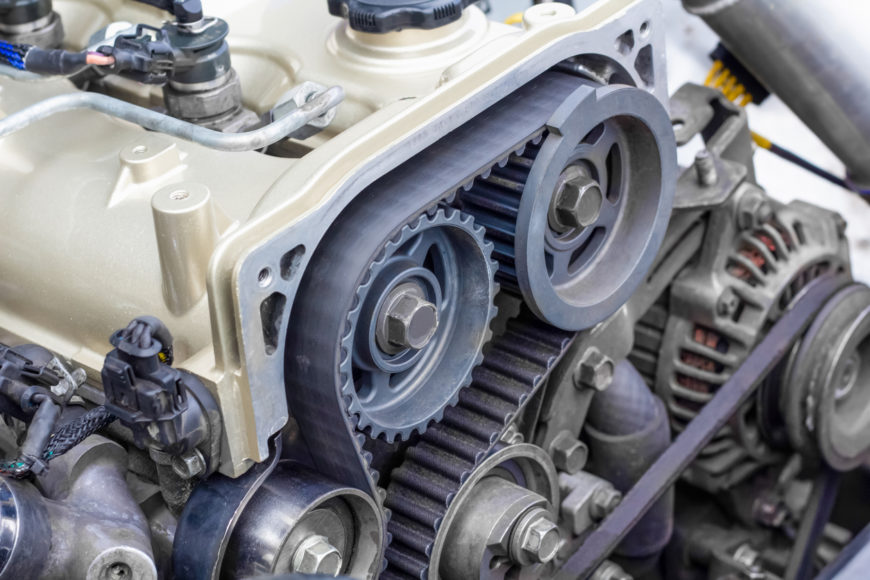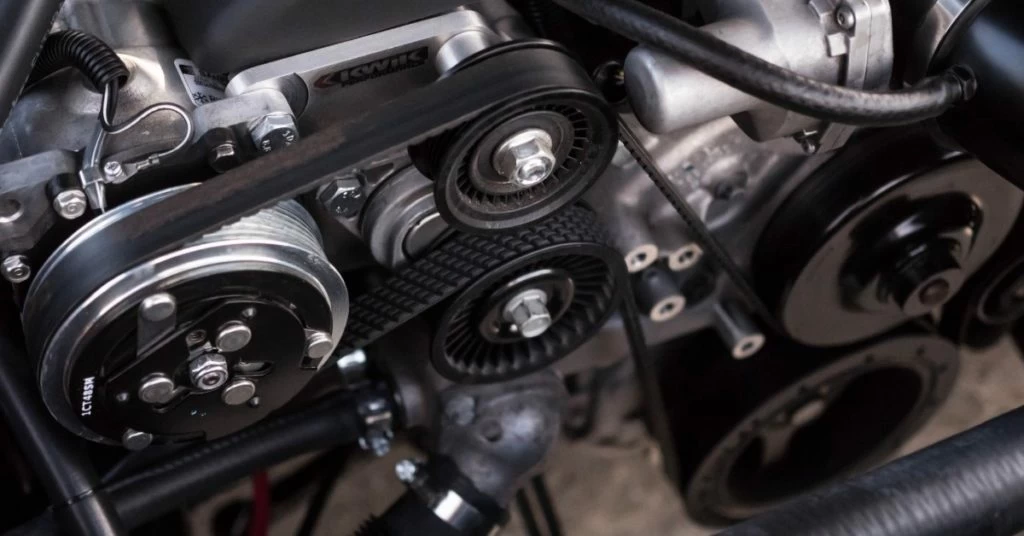- Arabic
- French
- Russian
- Spanish
- Portuguese
- Turkish
- Armenian
- English
- Albanian
- Amharic
- Azerbaijani
- Basque
- Belarusian
- Bengali
- Bosnian
- Bulgarian
- Catalan
- Cebuano
- Corsican
- Croatian
- Czech
- Danish
- Dutch
- Afrikaans
- Esperanto
- Estonian
- Finnish
- Frisian
- Galician
- Georgian
- German
- Greek
- Gujarati
- Haitian Creole
- hausa
- hawaiian
- Hebrew
- Hindi
- Miao
- Hungarian
- Icelandic
- igbo
- Indonesian
- irish
- Italian
- Japanese
- Javanese
- Kannada
- kazakh
- Khmer
- Rwandese
- Korean
- Kurdish
- Kyrgyz
- Lao
- Latin
- Latvian
- Lithuanian
- Luxembourgish
- Macedonian
- Malgashi
- Malay
- Malayalam
- Maltese
- Maori
- Marathi
- Mongolian
- Myanmar
- Nepali
- Norwegian
- Norwegian
- Occitan
- Pashto
- Persian
- Polish
- Punjabi
- Romanian
- Samoan
- Scottish Gaelic
- Serbian
- Sesotho
- Shona
- Sindhi
- Sinhala
- Slovak
- Slovenian
- Somali
- Sundanese
- Swahili
- Swedish
- Tagalog
- Tajik
- Tamil
- Tatar
- Telugu
- Thai
- Turkmen
- Ukrainian
- Urdu
- Uighur
- Uzbek
- Vietnamese
- Welsh
- Bantu
- Yiddish
- Yoruba
- Zulu
பிப் . 08, 2025 07:42 Back to list
Auto timing belt 1145a019 car belt 154RU25.4 for Auto engine with high quality
V-belt pulleys, often considered the quintessential component in power transmission systems, play a critical role across various industries. Their design and functionality are paramount in ensuring efficiency, reliability, and longevity of machinery. This article aims to delve deep into the nuances of V-belt pulleys, enhancing understanding from both a technical and practical perspective to help businesses make informed decisions.
The diameter of the pulley also significantly impacts performance. Larger diameters are preferable for reducing belt wear and enhancing belt life, as they allow for smoother operation. However, they also mean slower speed and larger size, which may not be suitable for compact machinery. Conversely, smaller pulleys can lead to faster speeds but may cause increased belt wear and require more frequent replacements. Thus, striking the right balance is necessary for optimal performance. Alignment is another crucial aspect often overlooked. Misaligned pulleys can lead to lateral forces on belts, causing premature wear and even system failure. Utilization of laser alignment tools has emerged as a game-changer in ensuring precise alignment, thereby extending the life of both the belt and pulley and maintaining system integrity. Consistent monitoring and maintenance of alignment can save significant resources in the long run. In terms of maintenance and upkeep, V-belt pulleys are generally low-maintenance compared to other power transmission methods. However, regular inspections are advised to ensure they remain in optimal condition. Checking for signs of wear, such as polished sidewalls on the belts or unusual noises, can preempt major system failures. It's advisable for operators to keep a regular maintenance schedule and engage with reputed suppliers for quality spares. In conclusion, V-belt pulleys, though often underestimated, are a cornerstone of efficient mechanical operations. Understanding the intricacies involved in their selection and maintenance can significantly impact an enterprise’s productivity and cost-efficiency. As technology progresses, innovations in materials and design are poised to enhance their performance further. Leveraging expertise from seasoned professionals can aid in tailoring solutions that meet specific industry requirements, enhancing system reliability and longevity. By prioritizing quality and precision in V-belt pulley systems, businesses can ensure that their machinery not only meets current operational demands but is also equipped for future challenges.


The diameter of the pulley also significantly impacts performance. Larger diameters are preferable for reducing belt wear and enhancing belt life, as they allow for smoother operation. However, they also mean slower speed and larger size, which may not be suitable for compact machinery. Conversely, smaller pulleys can lead to faster speeds but may cause increased belt wear and require more frequent replacements. Thus, striking the right balance is necessary for optimal performance. Alignment is another crucial aspect often overlooked. Misaligned pulleys can lead to lateral forces on belts, causing premature wear and even system failure. Utilization of laser alignment tools has emerged as a game-changer in ensuring precise alignment, thereby extending the life of both the belt and pulley and maintaining system integrity. Consistent monitoring and maintenance of alignment can save significant resources in the long run. In terms of maintenance and upkeep, V-belt pulleys are generally low-maintenance compared to other power transmission methods. However, regular inspections are advised to ensure they remain in optimal condition. Checking for signs of wear, such as polished sidewalls on the belts or unusual noises, can preempt major system failures. It's advisable for operators to keep a regular maintenance schedule and engage with reputed suppliers for quality spares. In conclusion, V-belt pulleys, though often underestimated, are a cornerstone of efficient mechanical operations. Understanding the intricacies involved in their selection and maintenance can significantly impact an enterprise’s productivity and cost-efficiency. As technology progresses, innovations in materials and design are poised to enhance their performance further. Leveraging expertise from seasoned professionals can aid in tailoring solutions that meet specific industry requirements, enhancing system reliability and longevity. By prioritizing quality and precision in V-belt pulley systems, businesses can ensure that their machinery not only meets current operational demands but is also equipped for future challenges.
Share:
Latest news
-
Korean Auto Parts Timing Belt 24312-37500 For Hyundai/Kia
NewsMar.07,2025
-
7PK2300 90916-T2024 RIBBED BELT POLY V BELT PK BELT
NewsMar.07,2025
-
Chinese Auto Belt Factory 310-2M-22 For BMW/Mercedes-Benz
NewsMar.07,2025
-
Chinese Auto Belt Factory 310-2M-22 For BMW/Mercedes-Benz
NewsMar.07,2025
-
90916-02660 PK Belt 6PK1680 For Toyota
NewsMar.07,2025
-
drive belt serpentine belt
NewsMar.07,2025

